As architects, we are always on the lookout for art to incorporate into our projects, especially for our artisanal villa developments in Goa. As we design only one home at a time, we take our time with every detail, ensuring each home is unique and thoughtfully designed. One of the important aspects of this process is selecting the right art to complement the design. Over time, we've come across many wonderful galleries across Goa, and we're excited to share our favorite spots with you.
“You don’t make art, you find it”
Explore more in Goa…



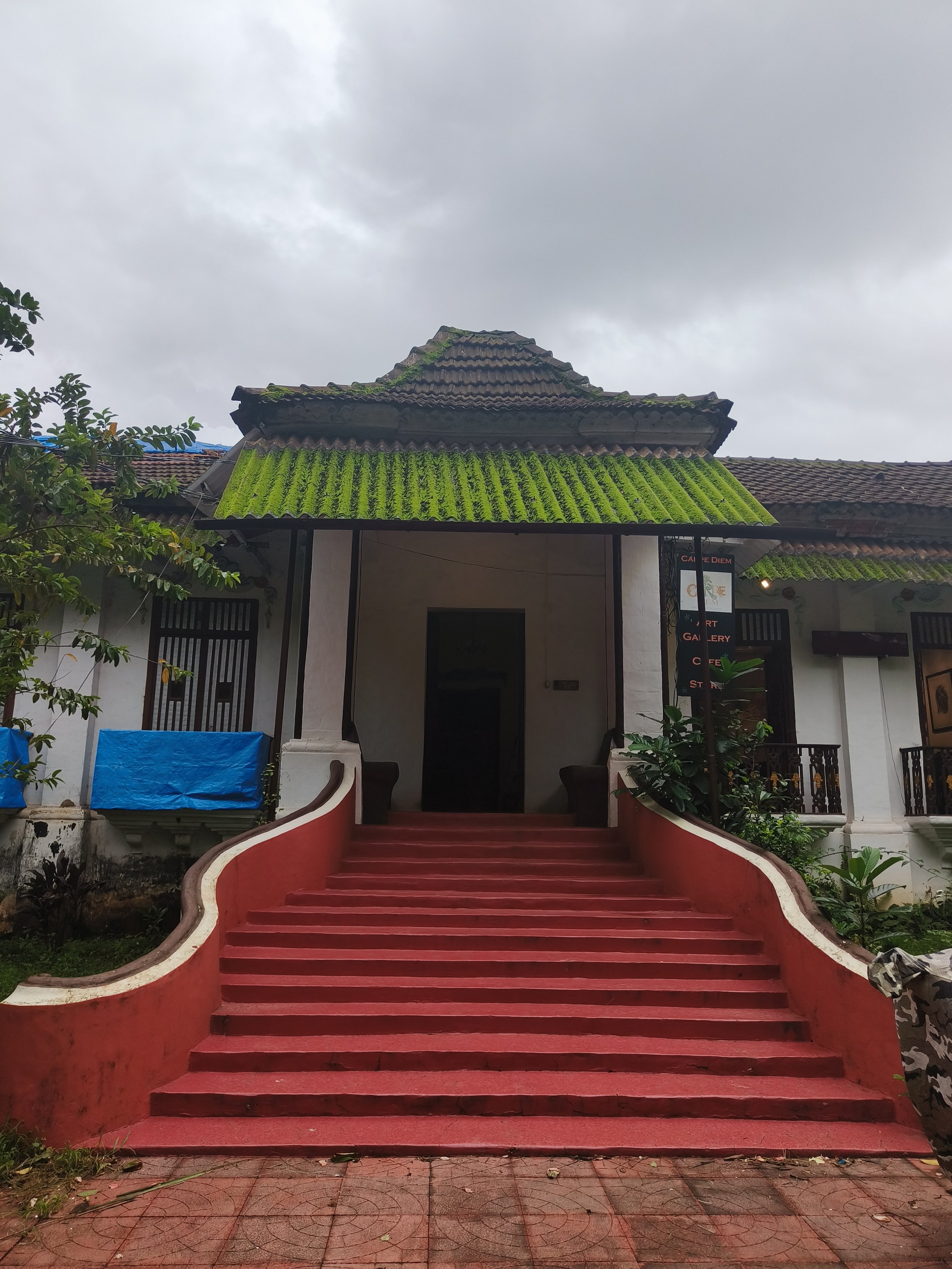



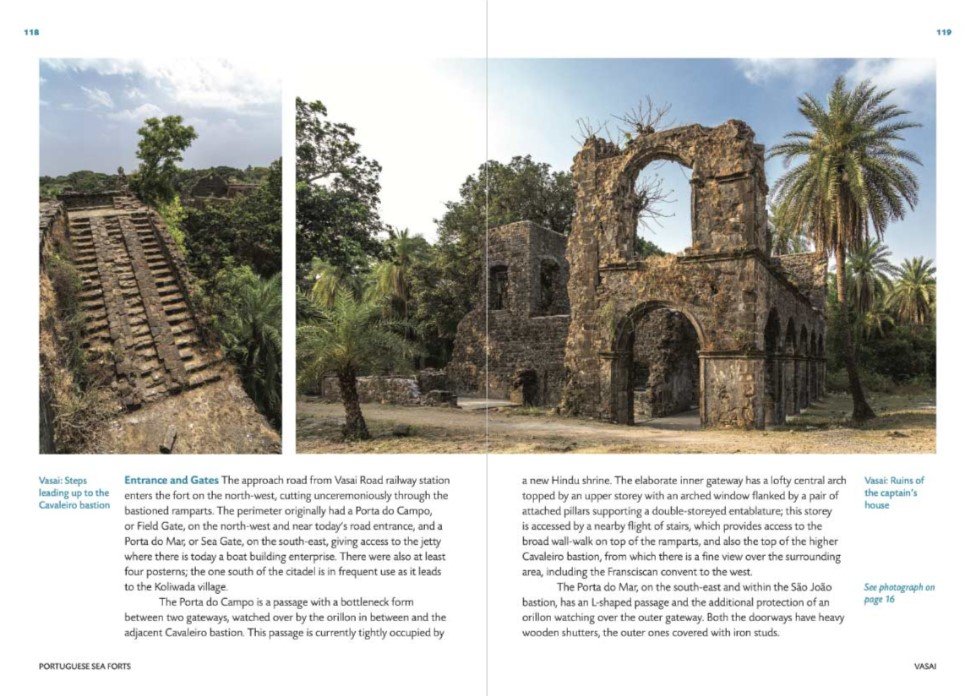





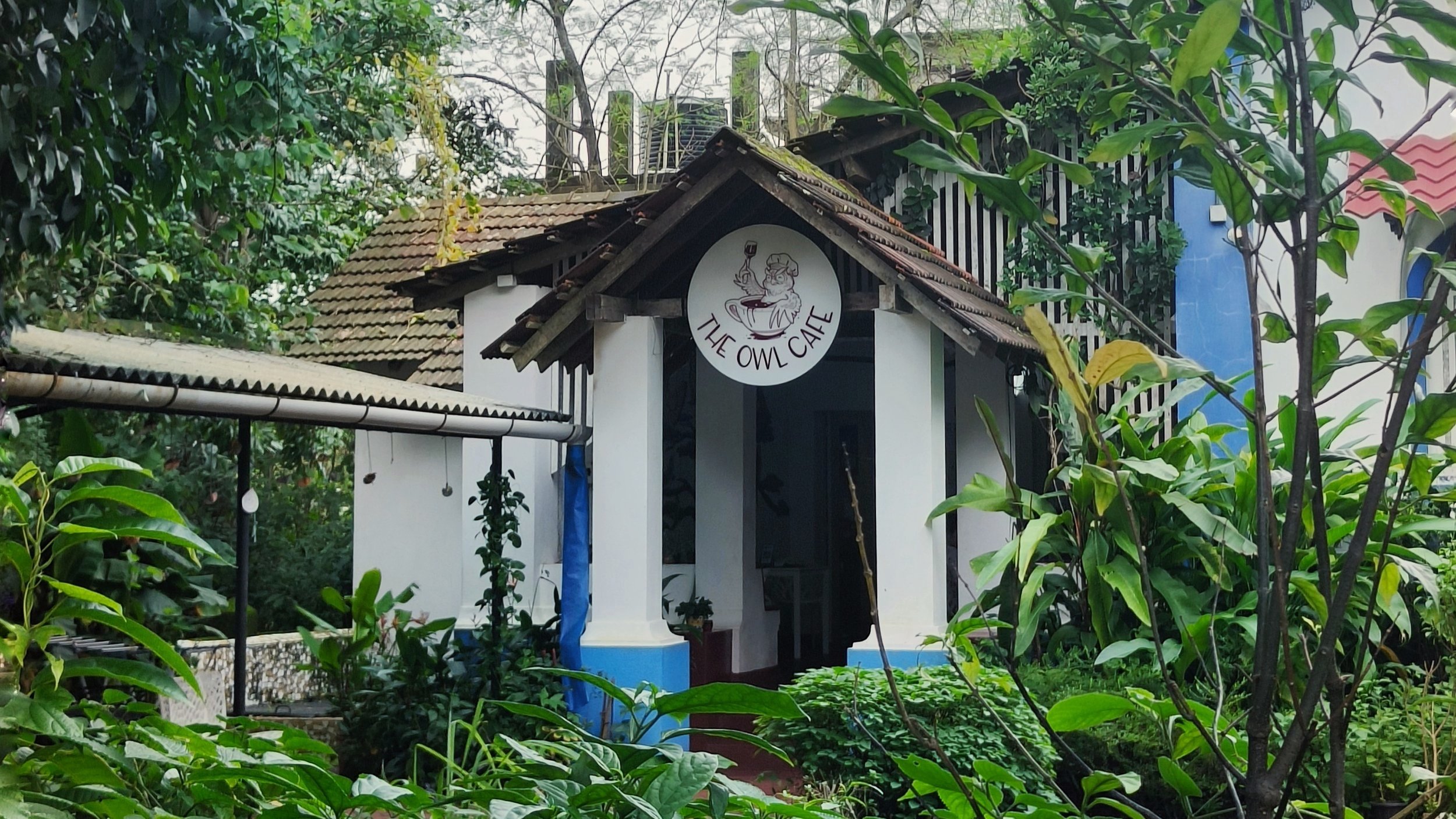






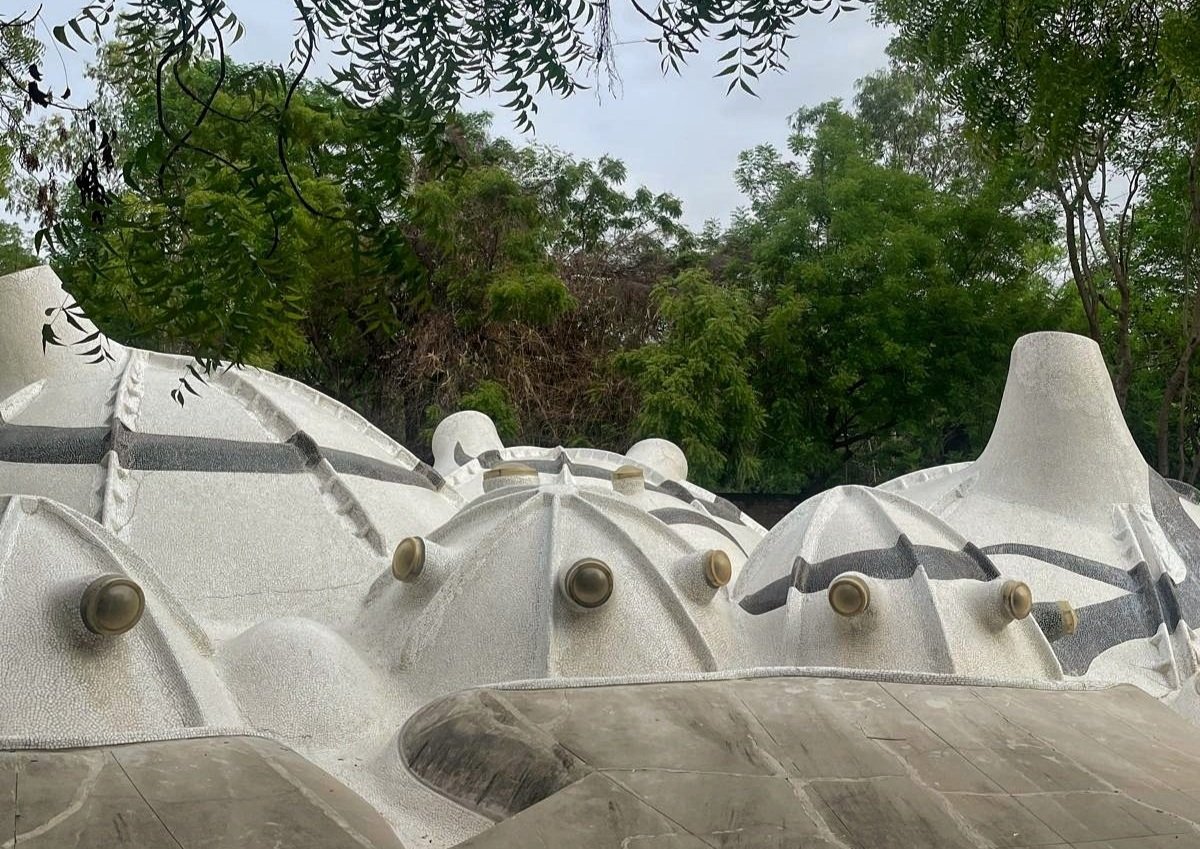









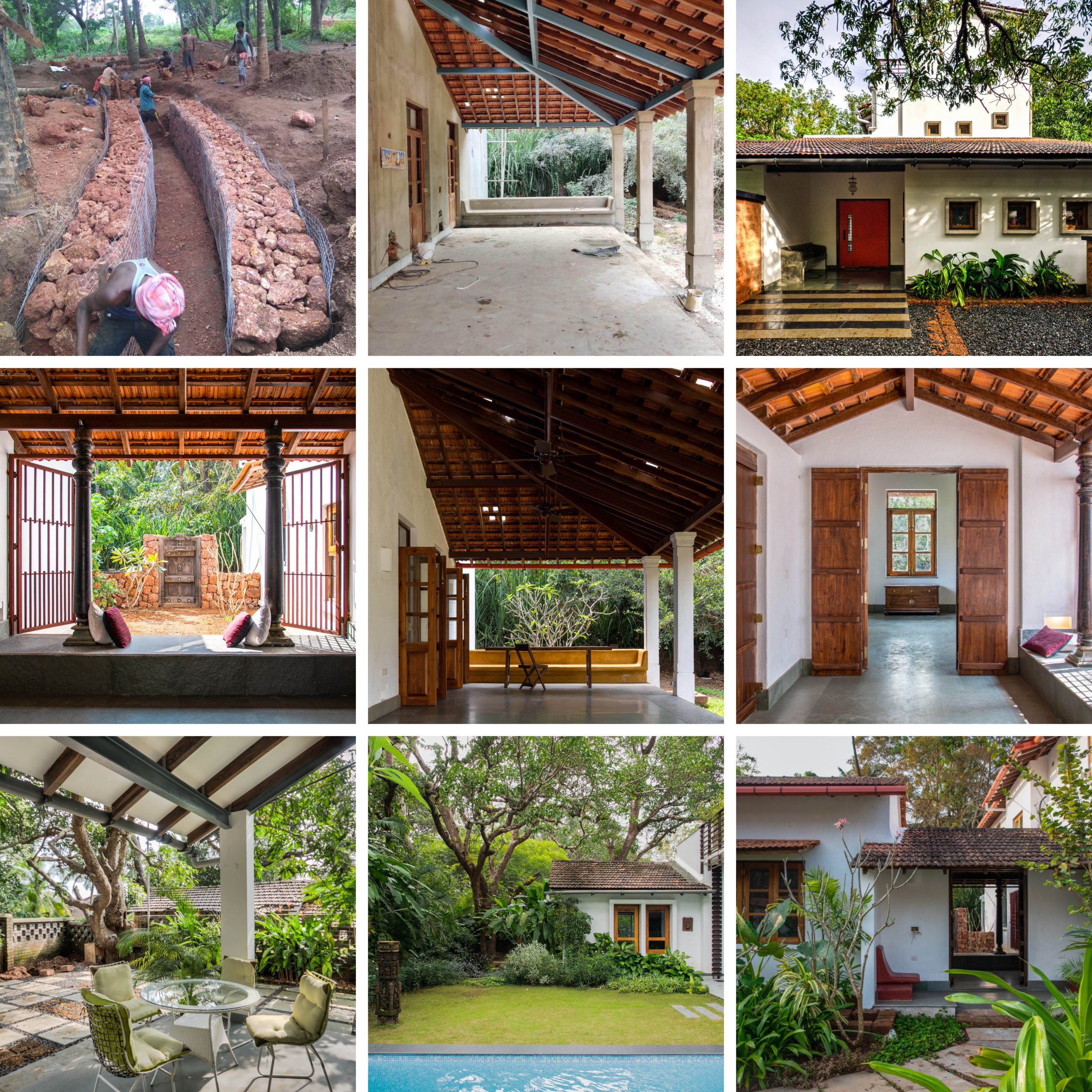



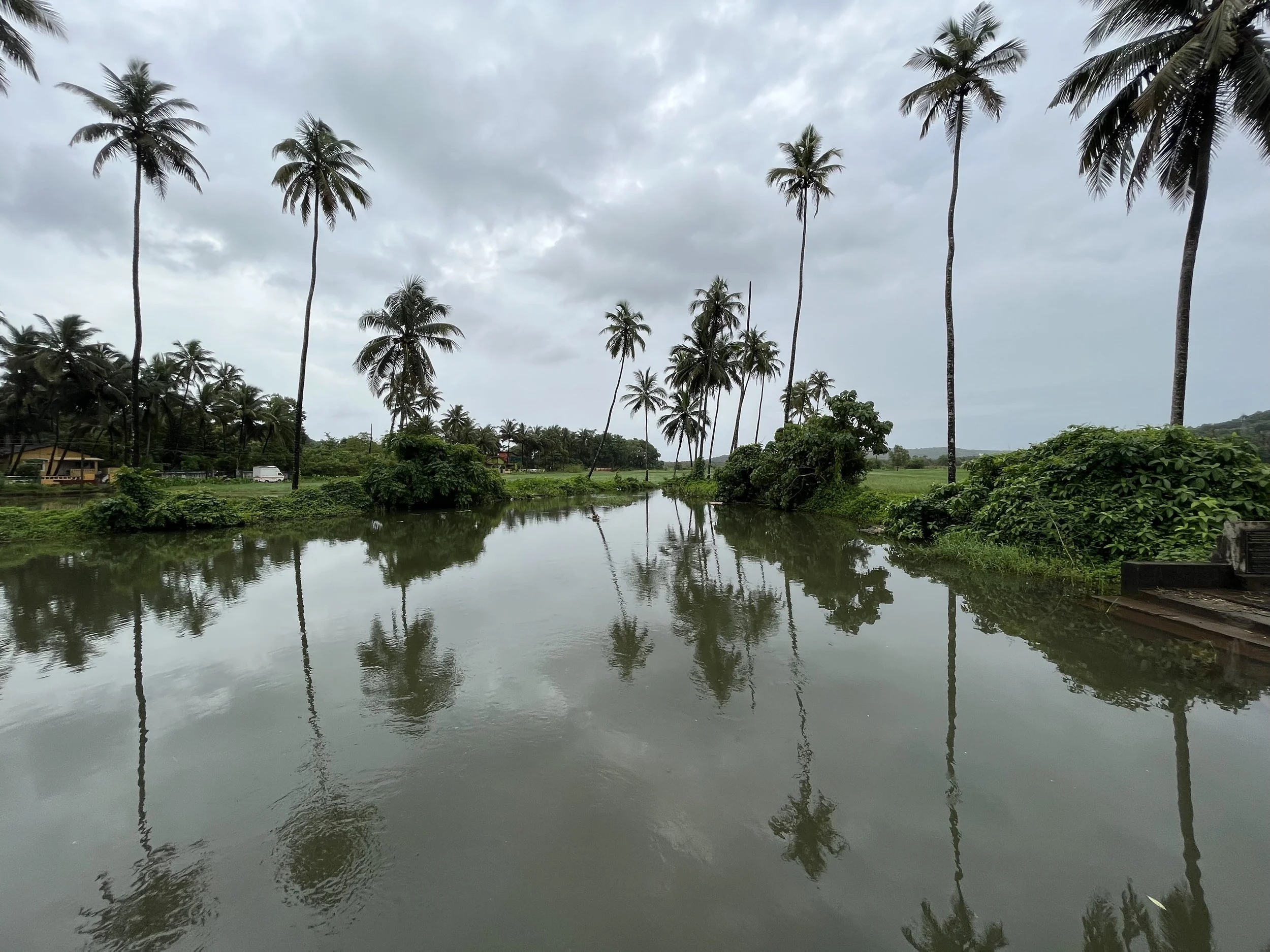





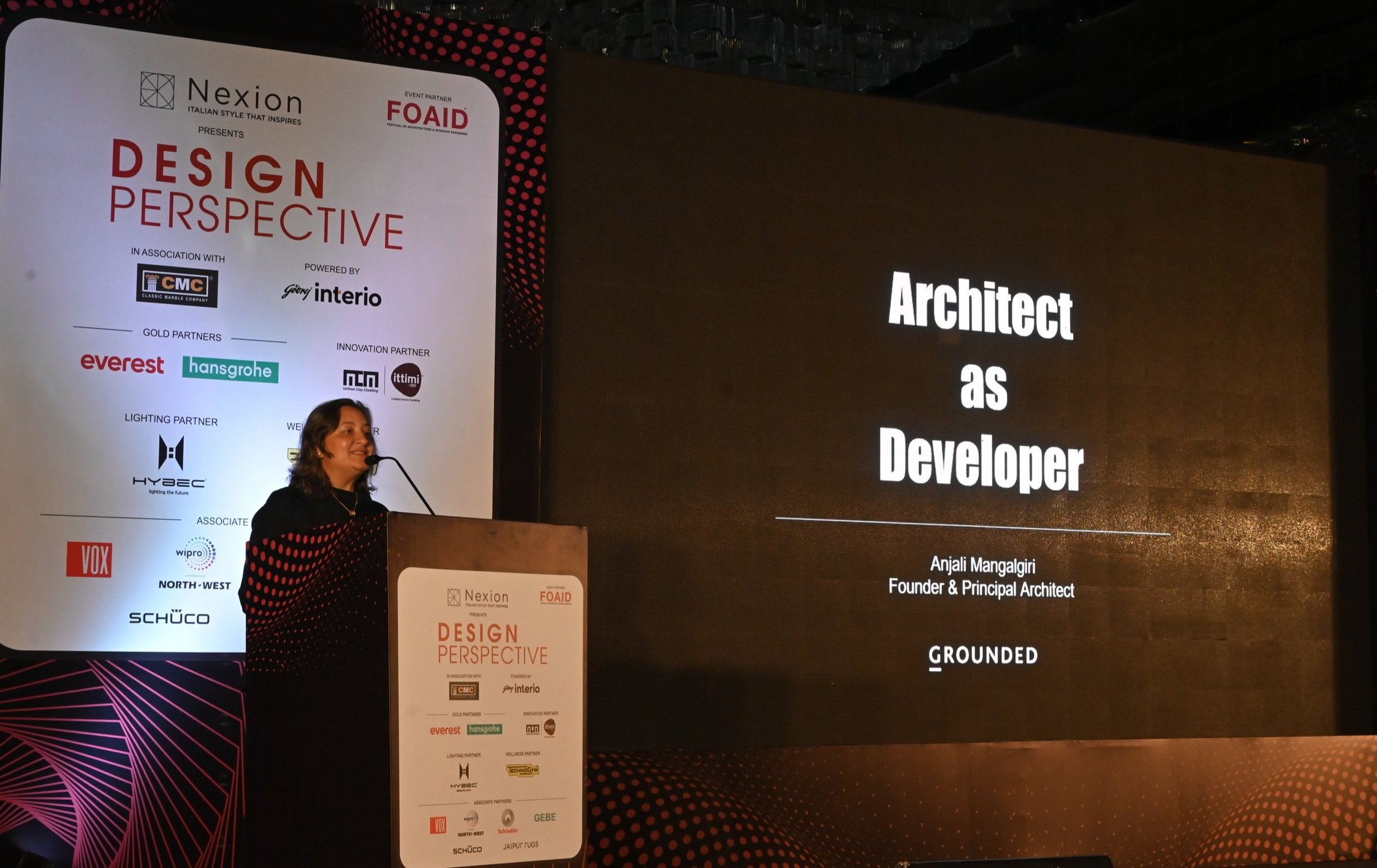






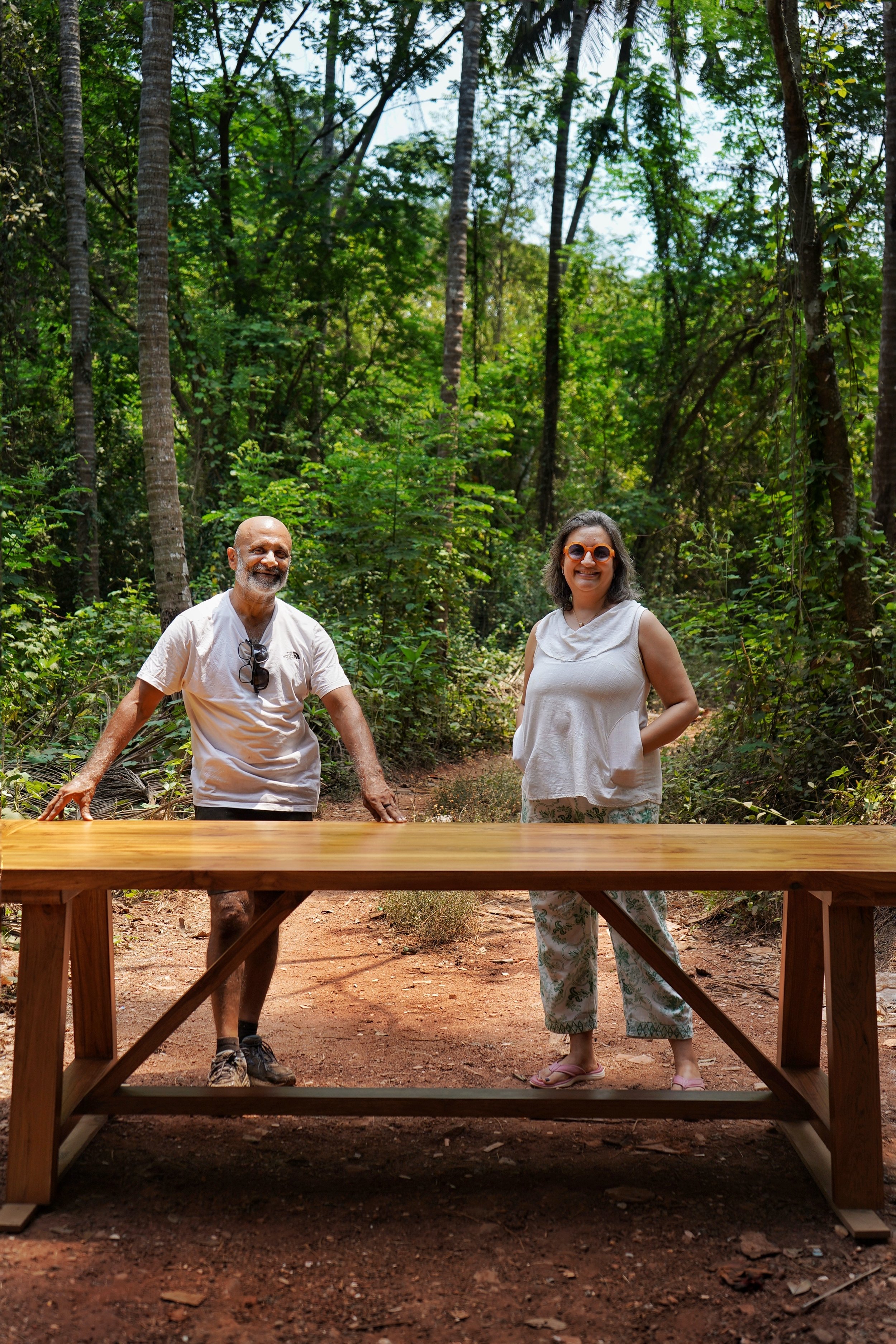


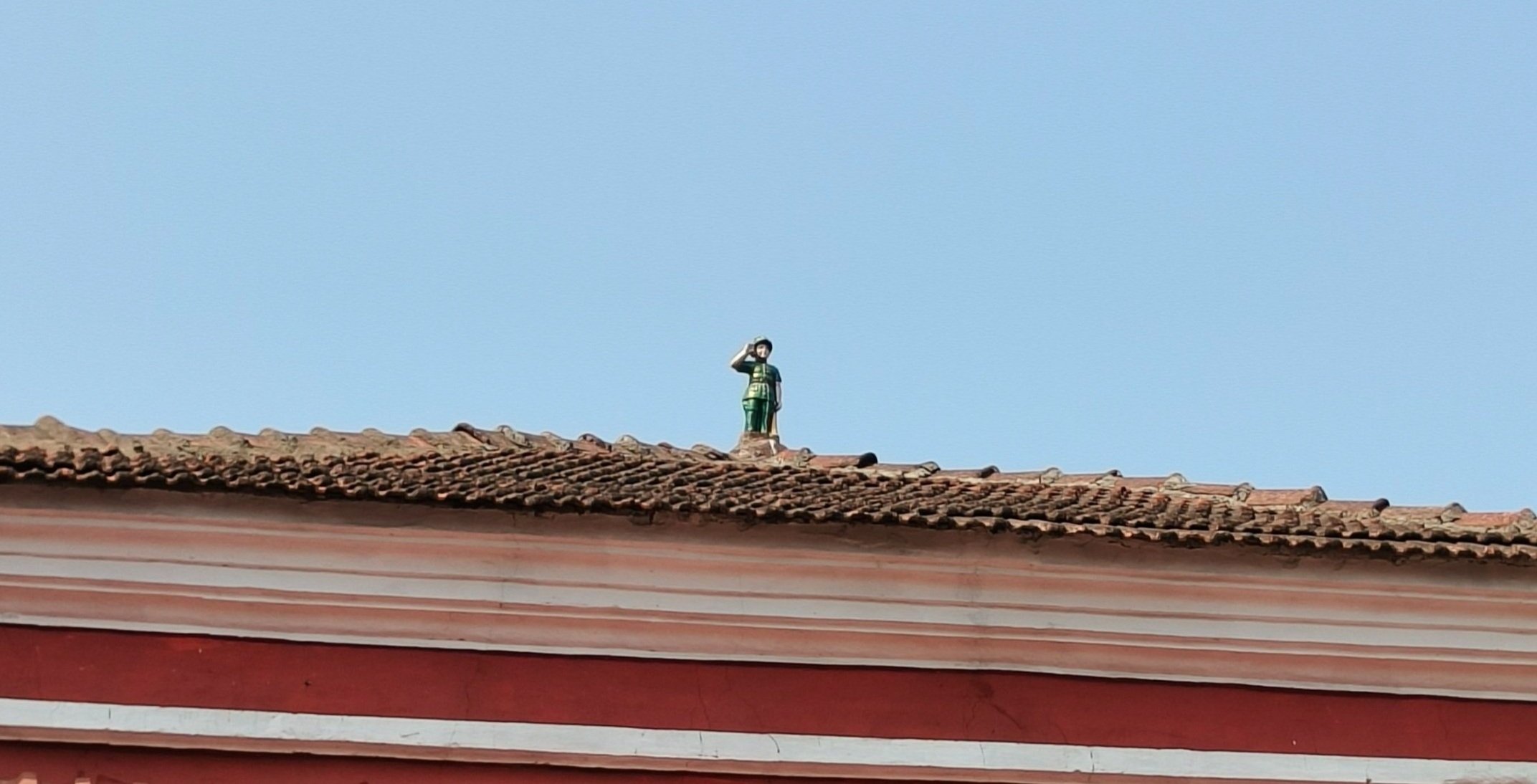



















Luxury Villa for sale in North Goa